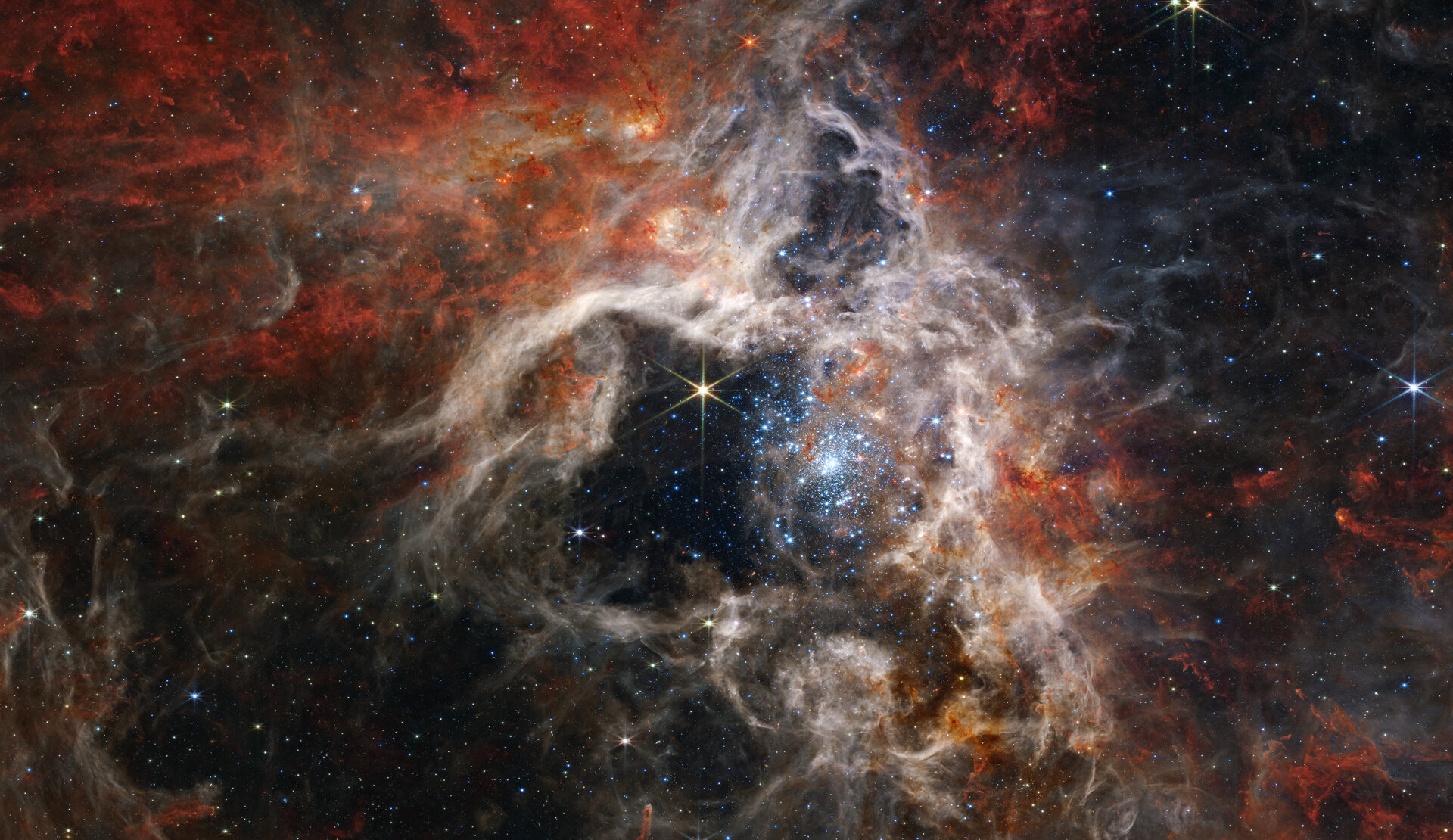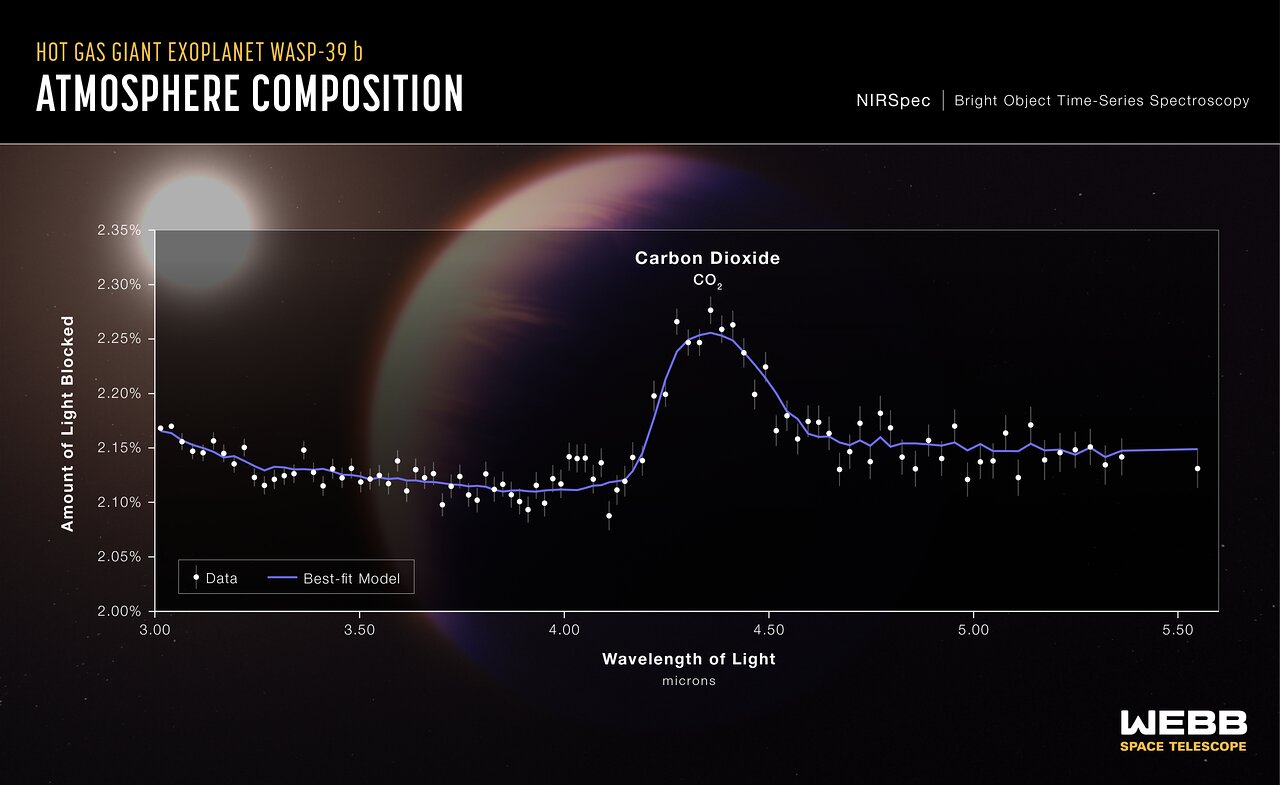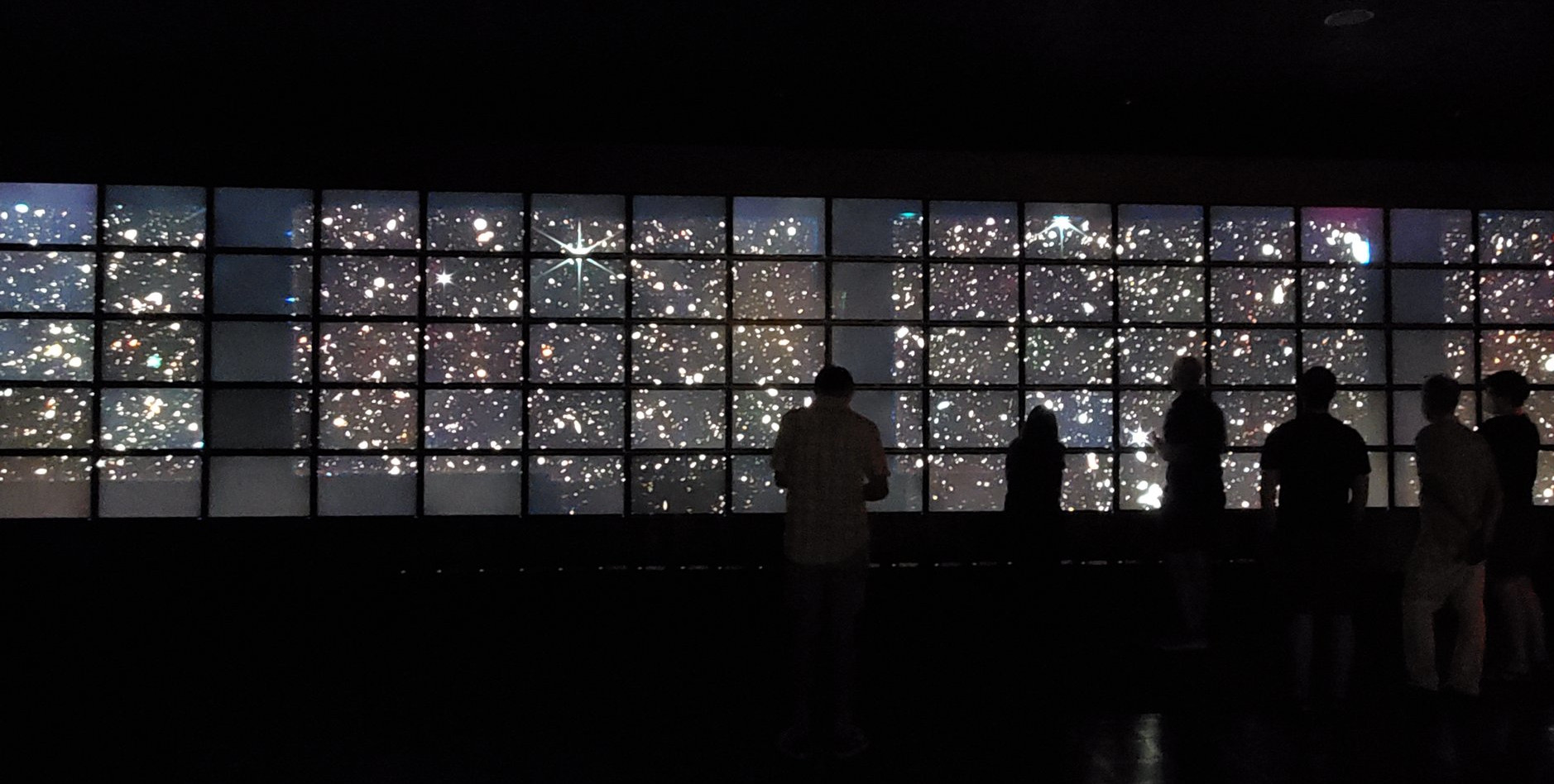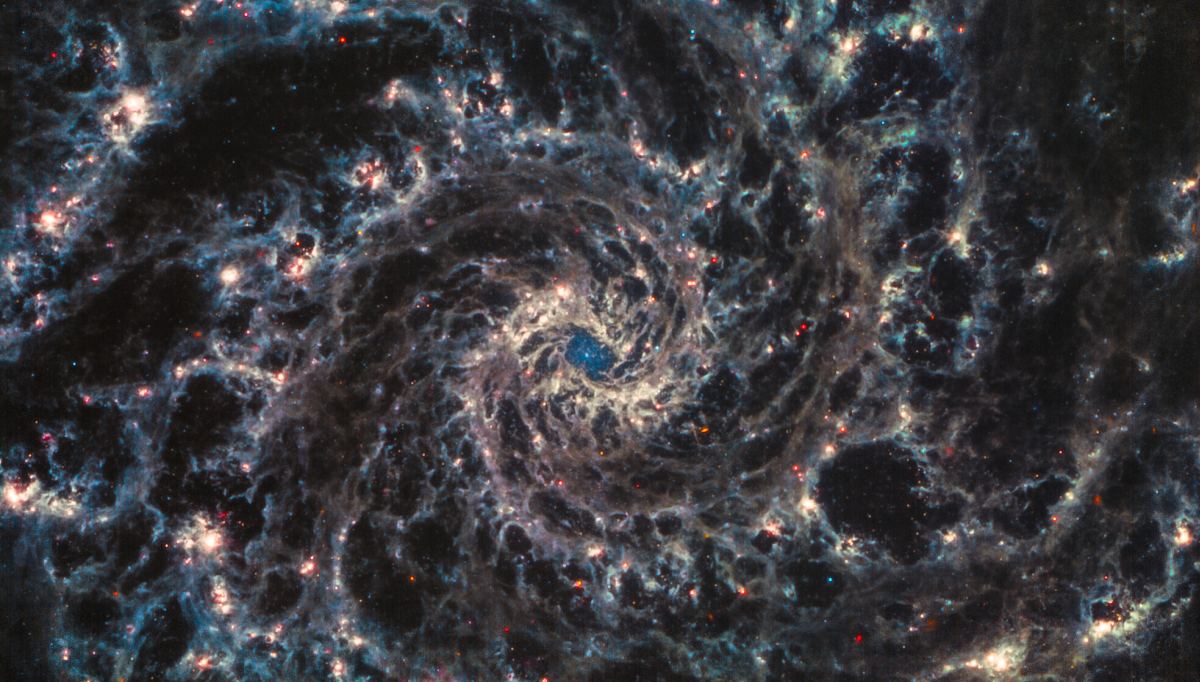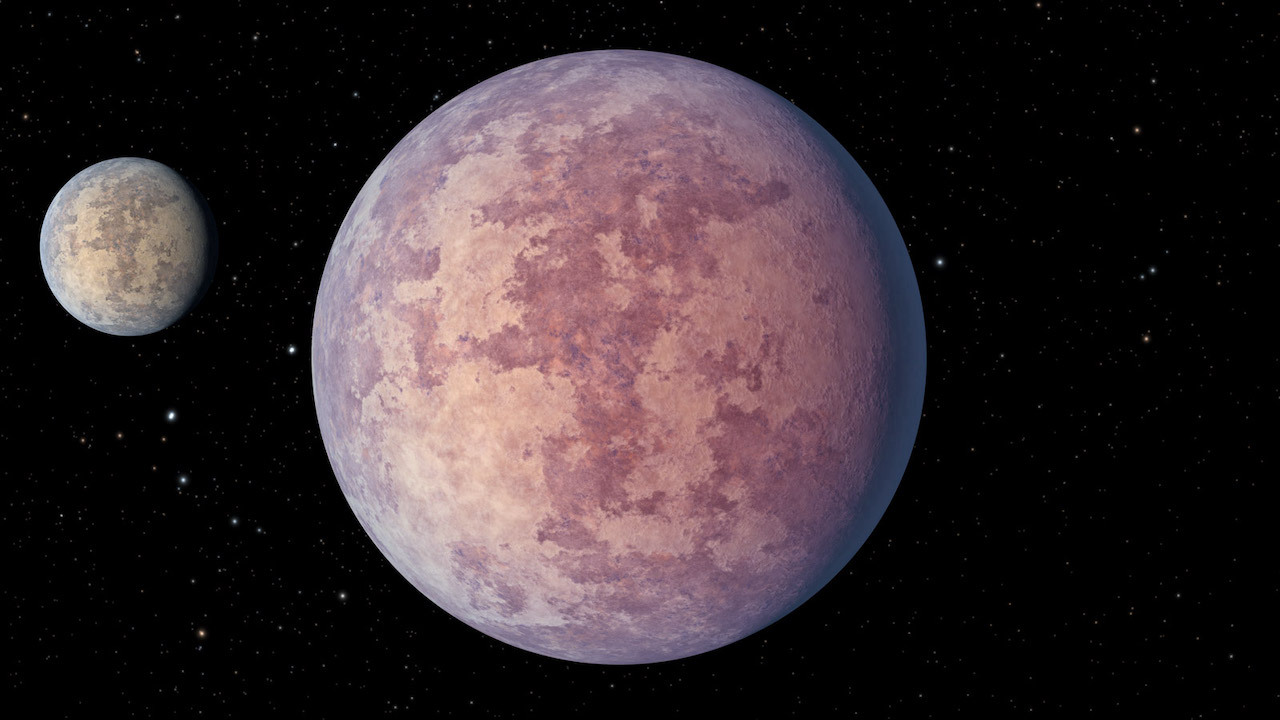Here’s the Tarantula Nebula like we’ve never seen it before. The James Webb Space Telescope turned its detectors towards the Large Magellanic Cloud about 161,000 lightyears away to take a look at 30 Doradus, more commonly known as the Tarantula Nebula. JWST’s exceptional infrared view has now revealed thousands of never-before-seen young stars in this stellar nursery, as well incredible views of the wispy, dusty filaments and the impressive collection of massive older stars.
There is so much detail in this image, if you download the full-sized version, you can pan and zoom around to see details on stars and the surrounding dust and gas. And there are even other, more distant galaxies dotting the background. If you have a big screen, even better, as it takes up over 14,000 x 8,000 pixels. Or, take a look at the video tour, below.
Continue reading “Wow! Here's Webb's View of the Tarantula Nebula”
